IDD Insight
India is racing to bolster its fleet of Rafale fighter jets. A batch of three jets from French Company Dassault aviation landed in India on March 31 and another five jets are expected in April.
By end –April, the total number of Rafale fighter jets in the Indian Air Force (IAF) fleet would go upto 21.
The first squadron, 16-18 planes in each, was raised at Ambala in North-India last year. Read it here. The second squadron of Rafale is based at Hasimara in northern part of Bengal, close to the narrow Siliguri Corridor which connects mainland lndia with the North-eastern states. For now, each of the squadrons will function with about 10 planes each and add up to full strength over the next 18 months or so, or by end of 2022.
The inductions mark an incremental increase in the arc of operations of IAF and its capability to strike.
India had ordered 36 jets at a cost of Rs 59,000-crore (7.89 billion euros) in 2016. The first lot arrived in July 2020 and since then the jets have been coming in batches.
The deliveries are ahead of schedule French Ambassador to India Emmanuel Lenain, who was in Kochi at an event on March 30 was quoted by news agency ANI saying “Despite covid, we have been able to deliver on schedule and even ahead of schedule. By 2022 all the 36 jets would be delivered to India”.
By 2022 all the 36 jets would be delivered to India
French Ambassador to India Emmanuel Lenain
First step in inducting 490 jets
The Rafales are the first step to building up the IAF strength to 42 fighter jet squadrons. The IAF currently has 31 squadrons against the need for 42 squadrons, assessed to tackle a simultaneous two-front war with Pakistan and China. India needs some 490 fighter jets over the next 20 years, or roughly by end of 2040. The plans literally lays down the future of military aviation in India.
Graded improvements in technology, stealth, weapons, engines and enhanced localization of manufacturing processes like metallurgy are incorporated in the plan. Read an IDD depth here.
The role of UAE
The jets were provided mid-air re-fuelling by tankers of the Air force United Arab Emirates (UAE), the IAF said.
“The 4th batch of three IAF #Rafales landed on Indian soil after a direct ferry from #IstresAirBase France,” The IAF tweeted.The IAF also thanked the UAE air force for re-fuelling the Rafale jets, describing it as yet another milestone in the strong relationship between the two air forces.
The weapons on board Rafale
Meteor
The most famous of these weapons is the Meteor beyond visual range air-to-air missile, which is widely recognised as a game changer for air combat. The Meteor is powered by a unique rocket-ramjet motor that gives Meteor far more engine power, for much longer than any other missile. This means it can fly faster, fly longer, and manoeuvre more than any other missile – giving Meteor the ability to chase down and destroy agile hostile fighters at even the furthers of ranges. As a result, Meteor has a no-escape zone many times greater than any other air-to-air missile.

SCALP
India’s Rafales will also be equipped with the SCALP deep-strike cruise missile from MBDA. This stealthy weapon has proven repeatedly in combat its unerring ability to strike hardened and protected targets deep inside hostile territory – without the need for the Rafale to enter hostile airspace. SCALP’s operational effectiveness is the result of three key factors: its high survivability thanks to its long stand-off range, low observability and sophisticated mission planning system; its pinpoint terminal accuracy through its highly accurate seeker and target recognition system; and its terminal effectiveness provide by its powerful tandem warhead and multiple detonation modes.
MICA
The IAF’s Rafales will also be equipped with MICA, a missile the Indian Air Force knows very well as it is also part of the upgrade package for the IAF’s Mirage 2000 aircraft. MICA is the only missile in the world featuring two interoperable seekers (active radar and imaging infrared) to cover the spectrum from close-in dogfight to long beyond visual range. Its ability to fly out to BVR in passive mode before the seeker locks on in the final stages of the end game has earned it the nickname “silent killer” as the target has little time to react or to deploy effective countermeasures.





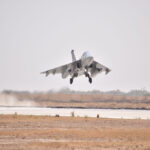
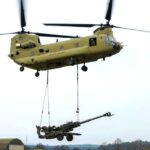
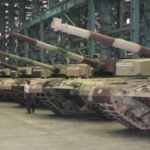
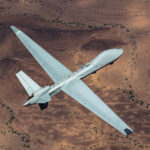
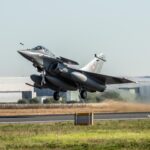


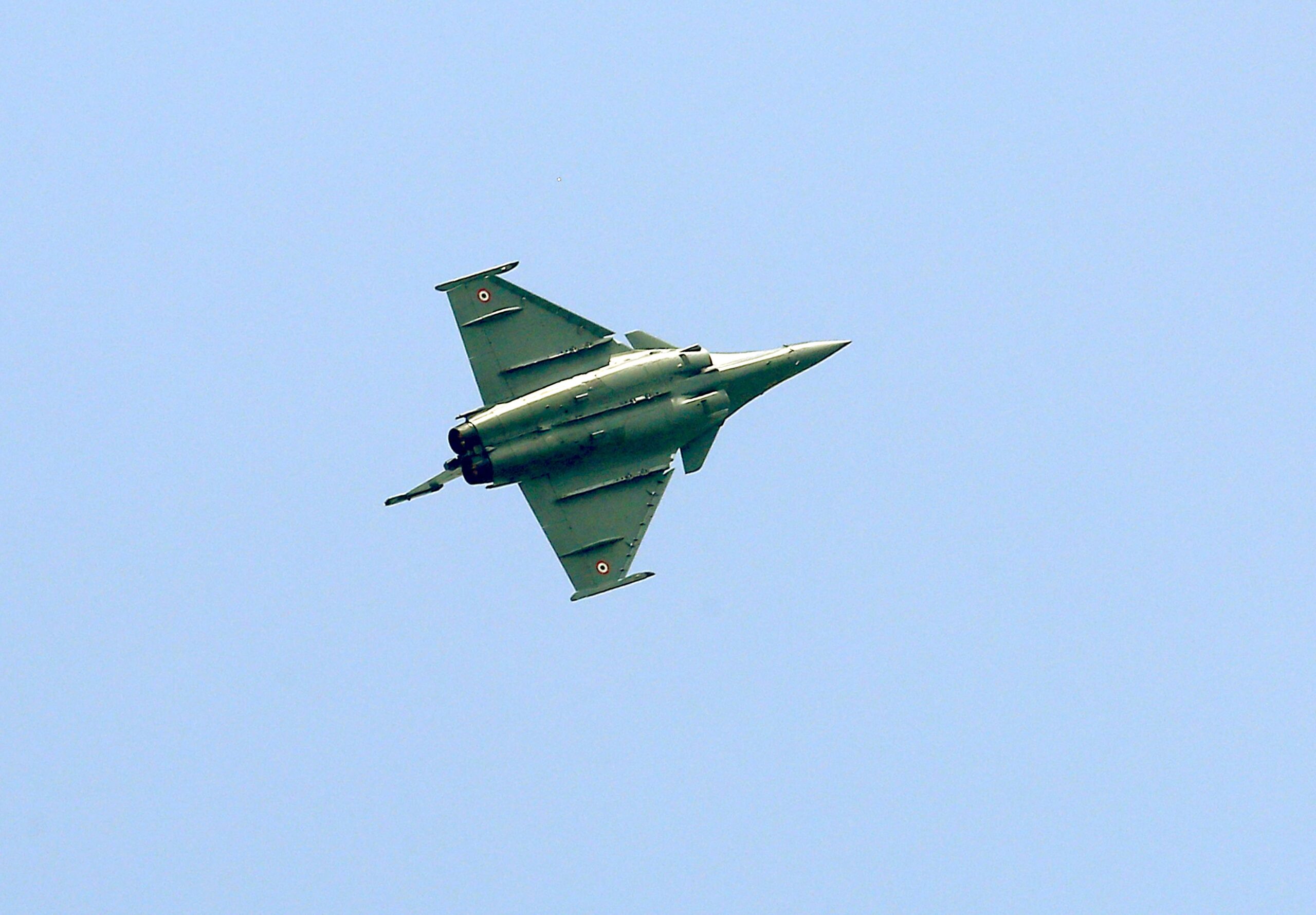


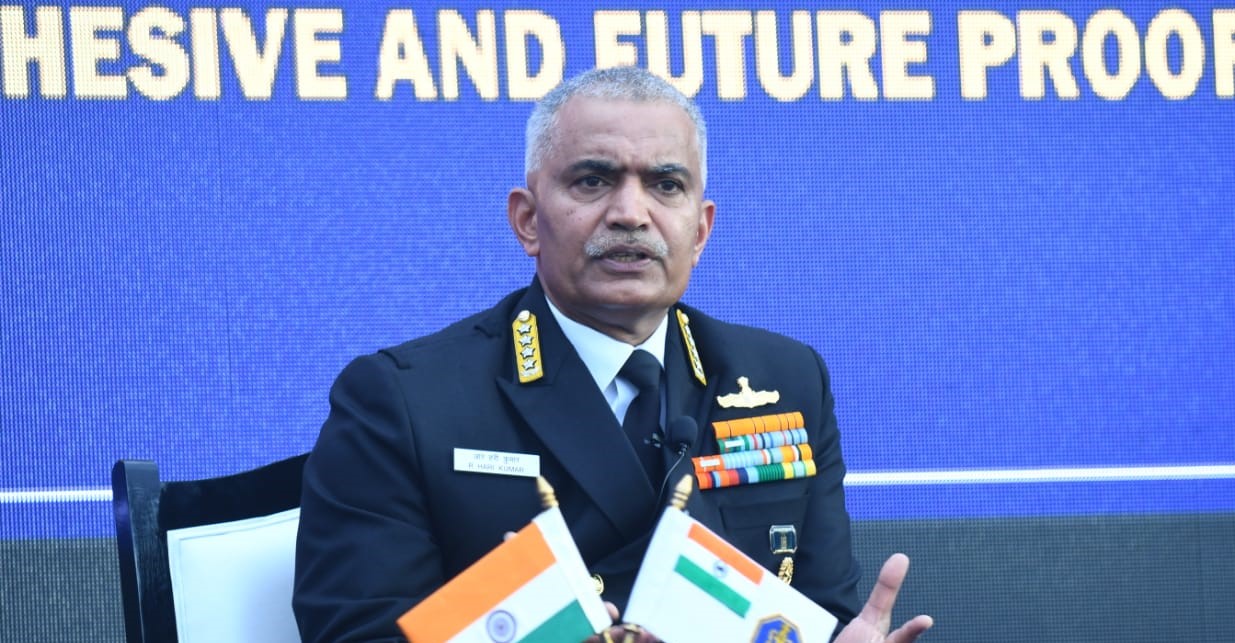
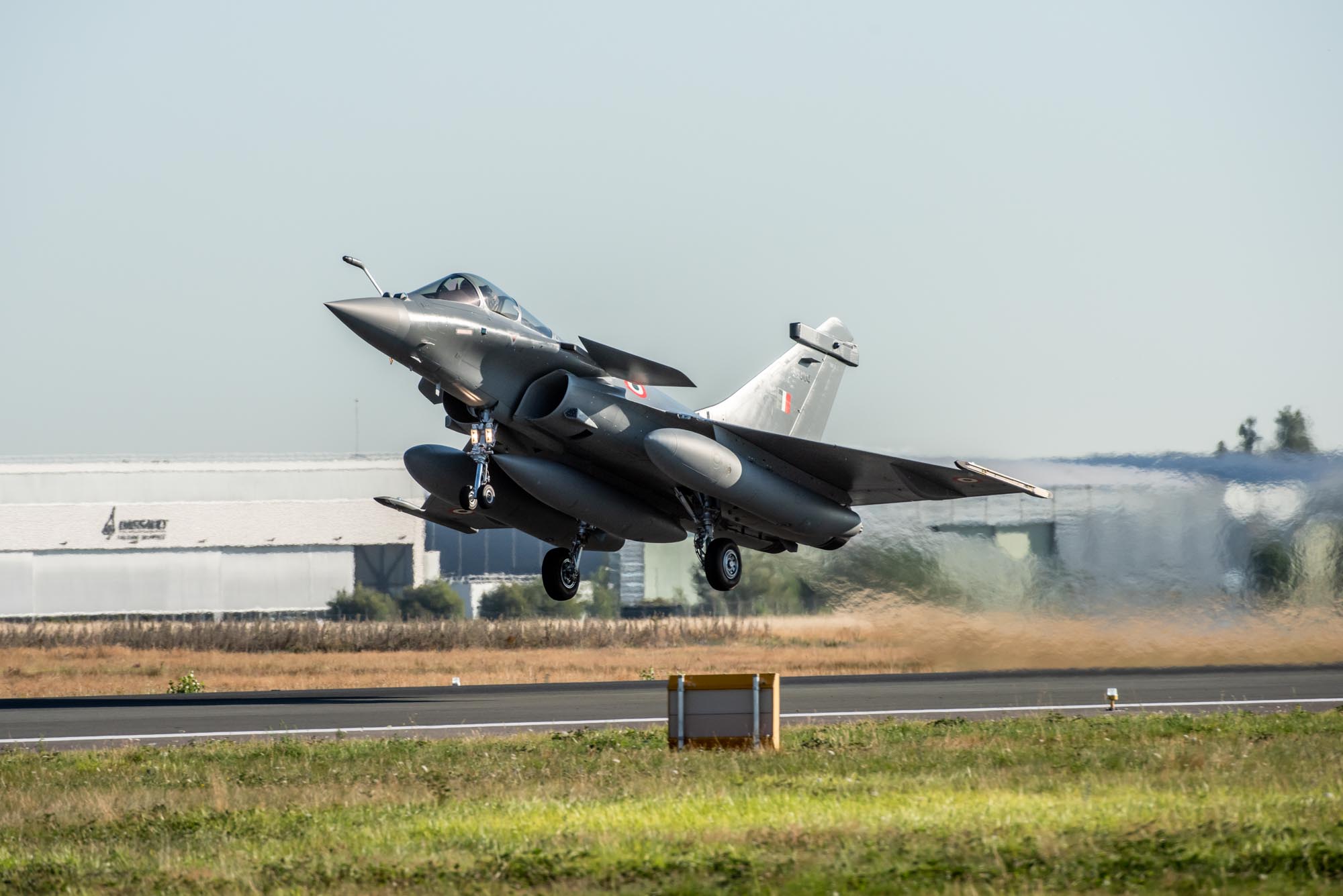
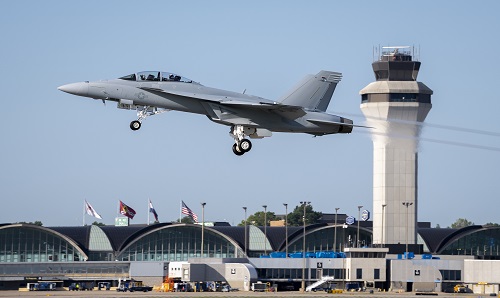
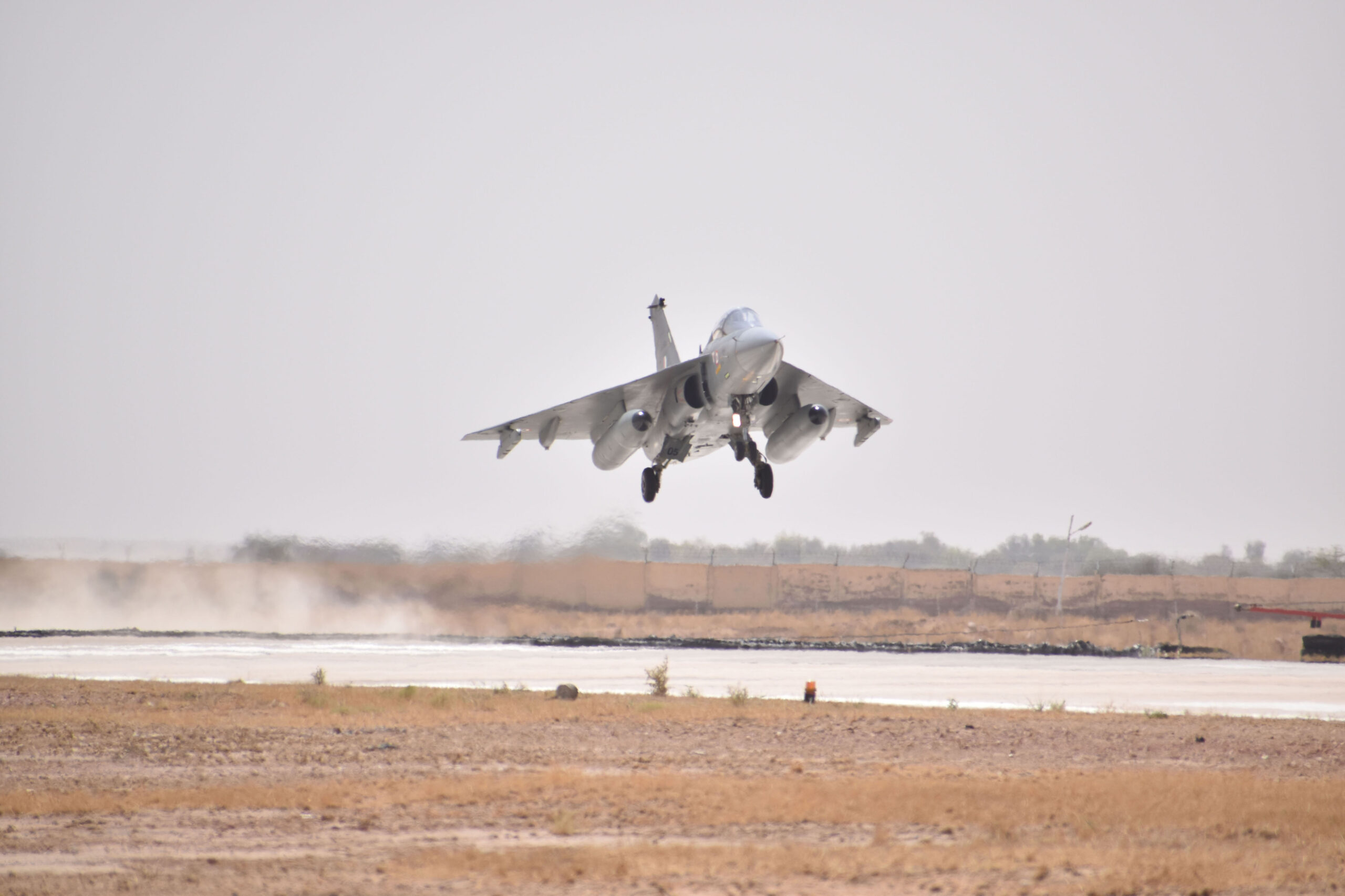
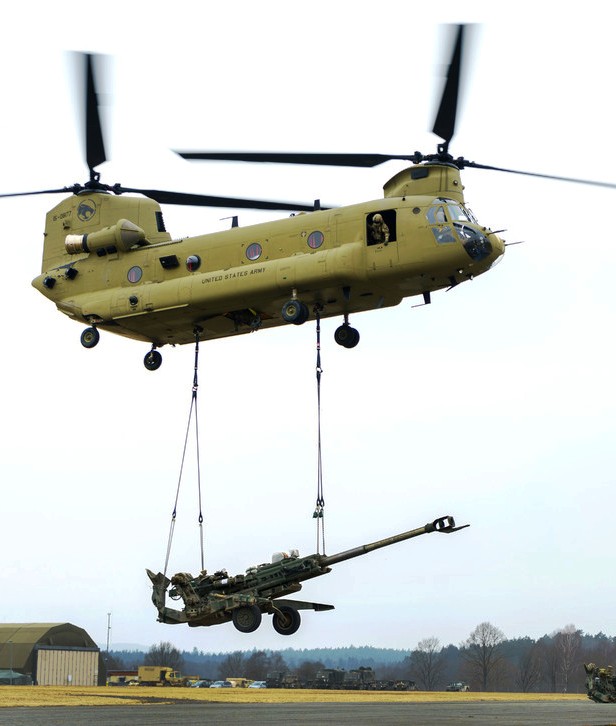
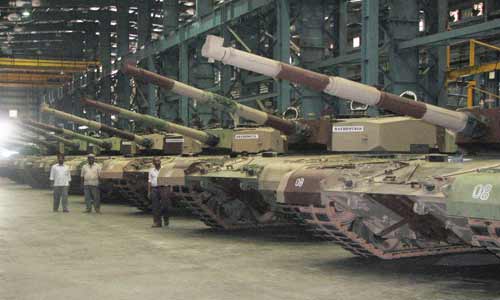
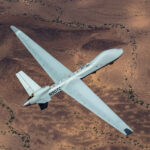

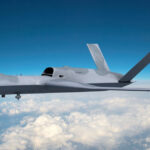
Recent Comments